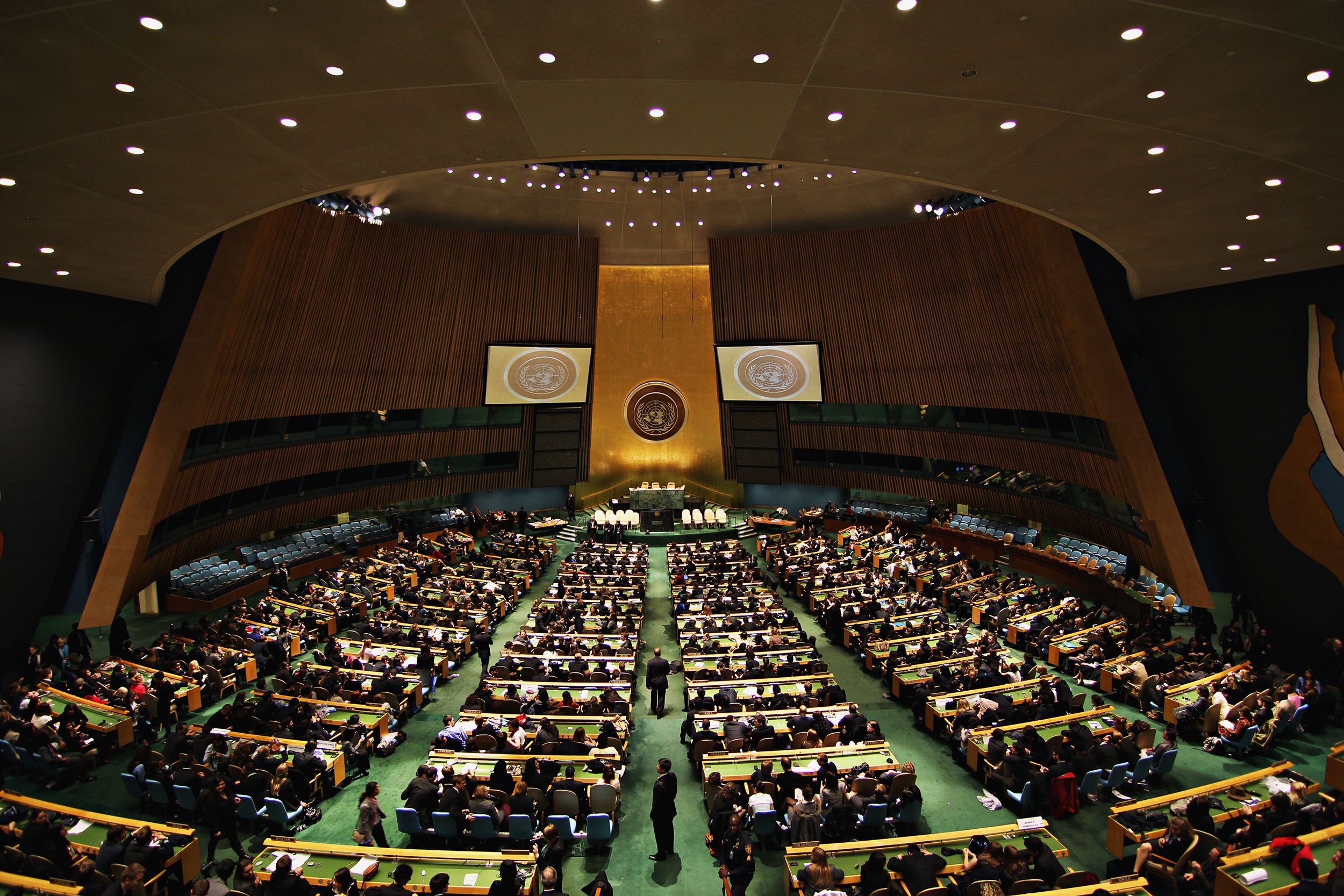Combining Approaches to Nuclear Disarmament
Anyone who learns about the dire consequences of the use of a nuclear weapon would think that it is better not to have them. Unfortunately, numerous political and technical factors dim the prospects of nuclear abolition. States believe that they need nuclear weapons for their own survival, national status, or international prestige. Furthermore, if the elimination of nuclear weapons cannot be effectively and continuously verified, monitored, and enforced, it will be extremely difficult to convince nuclear-armed states to give up their nuclear weapons.
To achieve and maintain a world free of nuclear weapons, we have to solve these political and technical problems one by one. There are various approaches to that goal, and each has its advantages and disadvantages. There is no one-stop solution for eliminating nuclear weapons.
A Normative Approach
One important approach is to comprehensively prohibit all aspects of nuclear weapons, such as their production, possession and use, and obligate states to abandon their nuclear weapons all at once or in phases. A derivative of this comprehensive approach is a normative approach that culminated in the recent adoption and enactment of the Treaty on the Prohibition of Nuclear Weapons (TPNW), which aims to stigmatize nuclear weapons and puts international pressure on nuclear-armed states to abandon their weapons. Over time, this could encourage progress towards the abolition of nuclear weapons. For example, the existence of the TPNW makes it more difficult for states that possess nuclear weapons to cite national prestige as a justification for their retention – at least in public.
The TPNW, despite some serious legal flaws, has played a crucial role in bringing the voices of atomic-bomb survivors and victims of nuclear tests back into the international spotlight, highlighting the humanitarian consequences of the use of nuclear weapons. However, it is not designed to address the security concerns of countries that consider nuclear weapons necessary for their national survival. Also, the Treaty leaves technical factors such as verification to future discussions.
Since it is necessary to deal with security concerns and technical issues to abolish nuclear weapons, it is doubtful that a coercive normative approach alone can actually achieve the objective. Rather, it could provoke a backlash from states that rely on nuclear weapons for their security and make it more difficult to abolish nuclear weapons in a cooperative manner.
A Step-by-Step Approach
Hence, in addition to normative pressure, a step-by-step approach (or sometimes referred to as a progressive approach) to nuclear disarmament is needed. The necessary steps have already been outlined in numerous policy proposals. Banning nuclear testing (the Comprehensive Test Ban Treaty: CTBT) and the production of fissile material (a Fissile Material Cut-off Treaty: FMCT) have long been pursued and are urgently needed. All nuclear-armed states should hold strategic stability dialogues that would lead to a freeze followed by further reductions of nuclear forces. Until this step is taken, we must make sure that nuclear weapons are not used again, either in conflict or inadvertently. For that, nuclear risk reduction and transparency and confidence-building measures (TCBMs) need be put in place. States should pursue credible declaratory policies to enable minimal holdings of nuclear weapons to the extent possible, backed up by consistent force deployment posture. Further work on verification technologies, such as those being developed by the International Partnership for Nuclear Disarmament Verification (IPNDV) is also crucial.
Although often overlooked, nuclear non-proliferation, which provides the basis for nuclear abolition, is also essential and needs to be strengthened. It is also necessary to ensure that other weapons of mass destruction, such as biological and chemical weapons, are completely abandoned. General diplomatic efforts to improve the security environment will also assist nuclear disarmament. These, and many other steps need to be taken, but there is no specific order, and many steps can be taken in parallel.
Combining All Approaches
Generally, the step-by-step and normative approaches are often considered to be opposites, but because it is necessary to deal with the problems mentioned above, the normative approach can be best understood as one step of many. Stigmatizing nuclear weapons may have the effect of making it harder for new proliferating nations to develop and acquire them, and for countries that already possess nuclear weapons to further develop and use them. In that sense, the normative approach, as a first step, could help hinder vertical and horizontal proliferation (within countries or between them). However, this approach alone would probably not lead to reduction or abolition. At the end of the day, it will obviously be necessary to involve the nuclear-armed states in the abolition process.
Every country and each approach have a role to play and should be respected. If all states make efforts to push disarmament forward, according to their specific circumstances, the goal of a world free of nuclear weapons will come closer.
About the Author
Michiru Nishida, Professor, Research Center for Nuclear Weapons Abolition (RECNA), Nagasaki University. He has long worked on arms control, disarmament and non-proliferation issues in the government of Japan as Special Advisor for Arms Controol, Disarmament and Non-Proliferation Affairs, including postings to the Embassy of Japan to the United States in Washington, D.C. (2016–2021), the Arms Control and Disarmament Division (2011–2016), the Delegation of Japan to the Conference on Disarmament (2006–2011), and the Non-Proliferation Division (2003–2005). Professor Nishida graduated in 1999 from the Monterey Institute of International Studies with a major on non-proliferation issues. He holds a Ph.D. (Law) from Hitotsubashi University (2019).
Disclaimer: The opinions articulated above represent the views of the author(s) and do not necessarily reflect the position of the Asia Pacific Leadership Network or any of its members. The APLN’s website is a source of authoritative research and analysis and serves as a platform for debate and discussion among our senior network members, experts and practitioners, as well as the next generation of policymakers, analysts and advocates. Comments and responses can be emailed to apln@apln.network.



